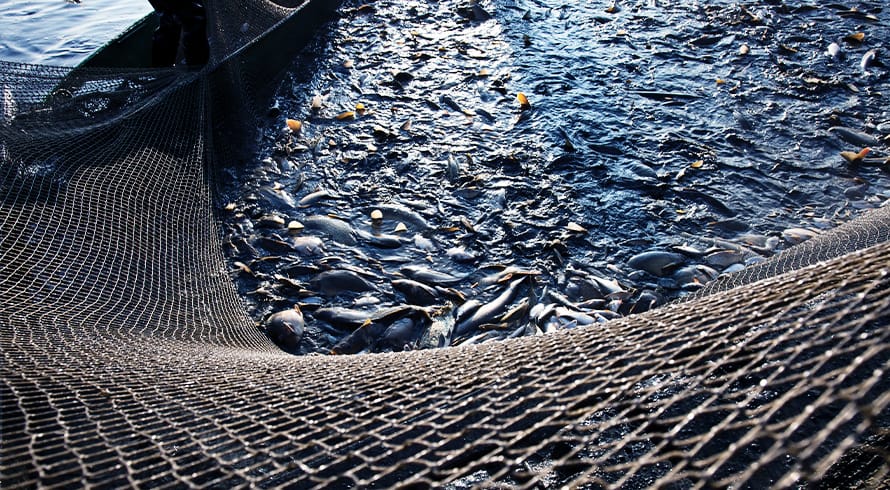It’s on the house - revisiting the accession principle
At a glance
- Movable property can be pledged as security in a special notarial bond, but it is important to determine when a movable thing becomes immovable for registration purposes.
- Accession is the process where a movable thing becomes part of another object, either through a natural or artificial process. The attachment and intention of the owner are key factors in determining if an accessory thing has become immovable.
- When registering a special notarial bond, it is crucial to assess whether the movable assets are truly movable and consider the intention of the owner as stated in the relevant agreements. Each case should be evaluated based on its specific circumstances.
Accession
Accession is the process whereby a movable thing (the accessory thing) is combined with another thing (either movable or immovable) through a natural or, more commonly, an artificial process. The accessory thing loses its independence and becomes a component of another object (the principal thing). The owner of the principal thing will thus become the owner of the accessory thing.
This article specifically focuses on the principal of inaedificatio, which refers to the process whereby the accessory thing is attached to land through an artificial process and becomes part of the land. The application of the principle of accession renders all accessory things attached to land ‘immovable’. In terms of the common law, the owner of land is also the owner of all items permanently attached to it.
MacDonald v Radin and The Potchefstroom Diaries and Industries Co 1915 AD 454 (Potchefstroom Diaries) sets out the criteria that must be considered when investigating whether an accessory thing has become immovable.
The factors are:
- the nature and purpose of the attachment. This requires the accessory thing to be capable of permanent attachment to the principal thing;
- the manner and degree of attachment. The accessory thing must be permanently attached to the principal thing. If the accessory thing loses its own identity and becomes an integral part of the principal thing or if the attachment is so secure that separation would involve substantial injury either to the accessory thing or the principal thing, the accessory thing would be regarded as immovable; and
- the subjective intention of the annexor.
In Potchefstroom Dairies, the court applied the three criteria in a way that is now known as the traditional approach. The court firstly considered, with reference to the nature and purpose of the attachment and the manner and degree of attachment, whether attachment of the movable asset to the immovable asset occurred. The court further found that if the first two criteria produce an inconclusive result, the stated subjective intention of the owner of the movable asset will be decisive.
In this case, Potchefstroom Dairies sold an erf, on which a diary plant was situated to Jacobson in terms of an instalment sale agreement. The erf would have been transferred to Jacobson once the final instalment was paid. Jacobson also purchased a refrigeration plant from Macdonald in terms of a hire purchase agreement and replaced the existing plant on the property with this new refrigeration plant. Jacobson was unable to settle its debt with Potchefstroom Diaries or Macdonald and the court had to determine whether the new refrigeration plant had acceded to the land, owned by Potchefstroom Diaries. The new refrigeration plant was installed in the building in a concrete foundation and attached to the walls with nuts and bolts. Nevertheless, the machinery could be removed without causing injury to the premises and the old plant, now in storage, could be re-installed at a reasonable cost. After considering the first two requirements, the court found that it was not clear that accession had taken place. Thus, the court held that the third criterion- the subjective intention of Macdonald- should be decisive.
The court explained at 467 that;
“the importance of the first two factors is self-evident from the very nature of the enquiry. But the importance of intention is for practical purposes greater still; for in many instances it is the determining element. Yet it is sometimes settled by the mere nature of the annexation. The article may be actually incorporated in the realty or the attachment may be so secure that separation would involve substantial injury either to the immovable or its accessory. In such cases the intention as to permanency would be beyond dispute”.
The court found with reference to the terms of the hire-purchase agreement that Macdonald clearly did not intend for Jacobson to become the owner of the machinery until he had paid for the machinery in full and that accession had not taken place.
Over the years there have been many decisions emanating from our courts, some of which adopted the traditional approach, as set out in Potchefstroom Diaries, while others held that the subjective intention was the most important factor even if, based on the objective criteria, accession had taken place. One such a case is Melcorp SA (Proprietary Limited) v Joint Municipal Pension Fund (TVL) [1980] 1 All SA 498 (W), where the court found that a lift installation formed an integral part of a building wherein it was installed. The court, at 507 explained that if it only had to consider the first two criteria “it would be a proper and necessary inference that the person who installed the lifts intended them to form a permanent part of the structure and consequently that they acceded to it”. However, the court did not stop its enquiry there and proceeded to consider the subjective intention of the owner of the lift, as stated in an agreement, after which it found that the lift had not acceded to the building.
What are the implications of these decisions for the registration of special notarial bonds? When receiving an instruction to register a special notarial bond, the first point of enquiry should always be whether the movable assets are in fact movable. This may not be a straightforward enquiry and it may be necessary to involve technical experts to assess whether an asset can be moved without causing substantial harm to the land and the movable asset. The stated intention of the owner of the movable asset, as set out in an instalment sale agreement or long-term lease agreement must also be considered.
A word of caution, considering the case law, a fixture clearly intended to be permanent will not necessarily be deemed movable simply due to the operation of the provisions of an agreement stating otherwise. Then again, a court may find that the subjective intention of the owner of the movable is of overriding importance. Each case must be considered with reference to its case-specific circumstances.
The identification of movable and immovable assets plays a pertinent role in the registration of special notarial bonds. When drafting a special notarial bond, time and care must be taken to understand when an accessory thing has formed part of a principal thing.
The information and material published on this website is provided for general purposes only and does not constitute legal advice. We make every effort to ensure that the content is updated regularly and to offer the most current and accurate information. Please consult one of our lawyers on any specific legal problem or matter. We accept no responsibility for any loss or damage, whether direct or consequential, which may arise from reliance on the information contained in these pages. Please refer to our full terms and conditions. Copyright © 2026 Cliffe Dekker Hofmeyr. All rights reserved. For permission to reproduce an article or publication, please contact us cliffedekkerhofmeyr@cdhlegal.com.
Subscribe
We support our clients’ strategic and operational needs by offering innovative, integrated and high quality thought leadership. To stay up to date on the latest legal developments that may potentially impact your business, subscribe to our alerts, seminar and webinar invitations.
Subscribe




